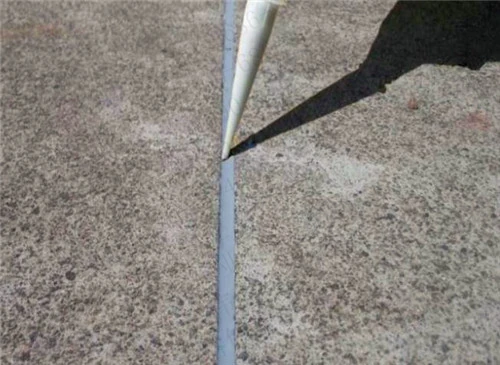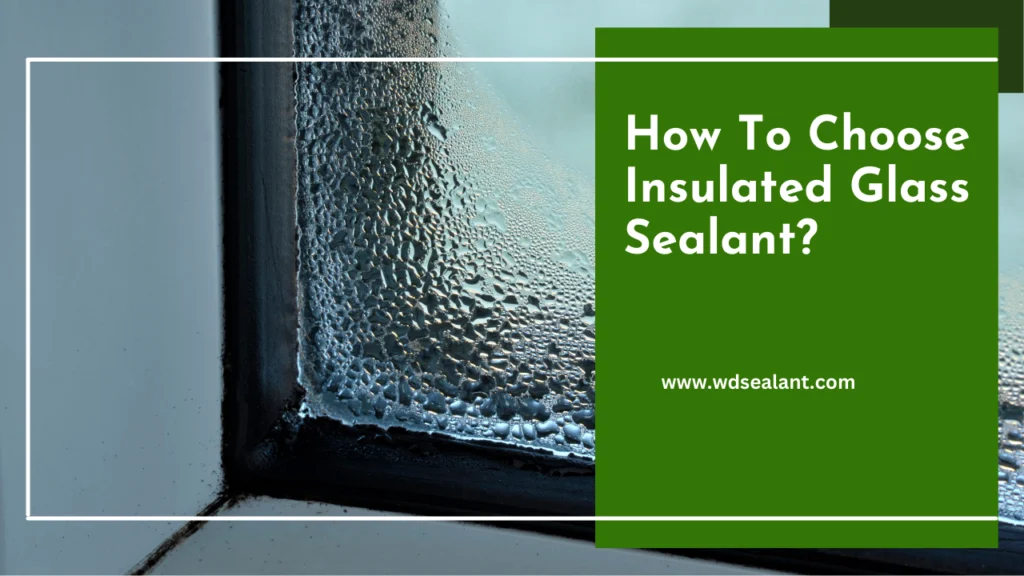Concrete floor filler is a must for repairing damaged surfaces. Weidu recommends self-levelling sealant as a reliable solution for cracked concrete.
Table of Contents
ToggleConcrete Floor Cracks in Hot Climates: Causes and Long-Term Risks
In the Middle East like Saudi Arabic, concrete floor such as roads, bridges, airports runaways and other facilities are subjected to unavoidable structural deterioration due to the combined effects of high temperatures and time, together with a variety of factors such as subgrade settlement and increased loads, resulting in cracks in the concrete structure. These subtle cracks may not be noticeable at first glance, but if they are not addressed in time, they can become hidden “time bombs” within the structure, posing serious threats to the integrity and safety of the buildings.
Why Weidu Recommend Self-leveling Sealant?
WD-266 silicone sealant is a single-component, self-leveling joint sealing specially designed for long-lasting weatherproof sealing of expansion joints, contraction joints, and longitudinal joints in ballastless tracks, airport runways, highways, tunnels, bridges, and other concrete pavements. It features low modulus and excellent elasticity recovery, allowing it to adapt to joint movement in concrete. Accelerated artificial weathering tests have demonstrated its outstanding durability, proving it can withstand the harsh challenges of extreme temperatures and strong UV exposure commonly encountered in concrete pavement environments.

Excellent Flowability
The sealant can automatically flow and fill gaps of various shapes and sizes, ensuring a uniform and complete sealing effect. This prevents issues such as missed areas or insufficiently compact filling.
Good Weather Resistance
It can withstand harsh environmental conditions such as UV radiation, rain, wind and sand, high temperatures, and low temperatures. This ensures long-term performance and extends the service life of the sealant.
Great Elongation and Flexibility
Highly elastic and crack-resistant, with excellent flexibility and rebound properties. The self-leveling, high-elastic formula provides strong elongation and recovery, adheres well to cement concrete, and offers multiple times stretchability—effectively resisting recurring substrate cracking and related issues.
How to Seal with Concrete Floor Filler?
Weidu recommends six steps for applying self-leveling sealant to a concrete floor.
Step One: Preliminary Treatment of Concrete Cracks
You should begin by carefully cleaning the concrete surface along the direction of the crack using a specialized wire brush or by grinding both sides of the expansion joint with a joint-cleaning machine. Excess soil at the bottom of the joint can be loosened with a custom-made iron hook and then blown out with an air blower to ensure a clean base. This step is crucial for removing debris and loose concrete fragments around the crack.
Step Two: Deep Cleaning of Existing Materials and Surface Degreasing
When dealing with old joints, you will need to thoroughly remove any existing or residual sealant from both sides of the joint, especially when different types of sealant materials were previously used. If oil stains are found on the concrete surface during the cleaning process, we will take immediate action to clean them. Typically, we use a clean cloth soaked in acetone to gently wipe the stained areas until the surface is clean again.
Step Three: Joint Preparation and Backer Rod Placement
The cleaning width should be approximately 5cm to ensure the repair material can fully penetrate and bond with sound concrete. If micro-cracks are found on both sides of the main crack, the cleaning width should be appropriately increased—typically to 8–10cm—to prevent potential future crack propagation. For deeper joints, once the crack is relatively dry, insert a polyethylene foam backer rod (the rod’s diameter should be at least 3mm wider than the crack) to help support the sealant.
Step Four: Drying Inside the Crack
We suggest paying special attention to the dryness of the interior of the crack. Any residual moisture can negatively affect the bonding and curing of the repair material. Therefore, we use specialized tools, such as a blowtorch, to dry the inside of the crack thoroughly. This ensures a completely dry surface and lays a solid foundation for the subsequent repair work.
Step Five: Sealant Application Process
For expansion joints between 4 mm and 15 mm, it is recommended to use a caulking gun for application. Promptly pour the sealant into an aluminum caulking gun, attach the nozzle, and cut a suitable small opening using a utility knife. Align the nozzle with the expansion joint, positioning it close to the top edge of the foam backer rod, and apply the sealant evenly.
For joints between 15 mm and 30 mm, either a caulking gun or a joint filling machine can be used.
The entire sealant application must be completed within the working time, which refers to the period from opening the container and removing the sealant to the completion of the sealing process. This working time is generally 60 to 90 minutes. In hot weather or high humidity, the working time may be shorter. Therefore, please pay close attention to your timing—otherwise, the sealant may gradually become too viscous to apply effectively.
Step Six: Inspecting the Filling Quality
After the sealant has been applied, it is essential to ensure that the crack is completely filled and that there are no air bubbles or voids inside. This step is critical, as it directly affects the success of the repair. Weidu Sealant recommends using professional inspection tools, such as a crack viewer or an ultrasonic detector, to verify that every corner of the crack has been thoroughly filled.
Conclusion

In conclusion, it’s essential to follow a complete process to get the best results from WD266 as a concrete floor filler—including crack cleaning, precise application, and thorough post-application checks—to ensure the structure is both safer and more resilient over time.


